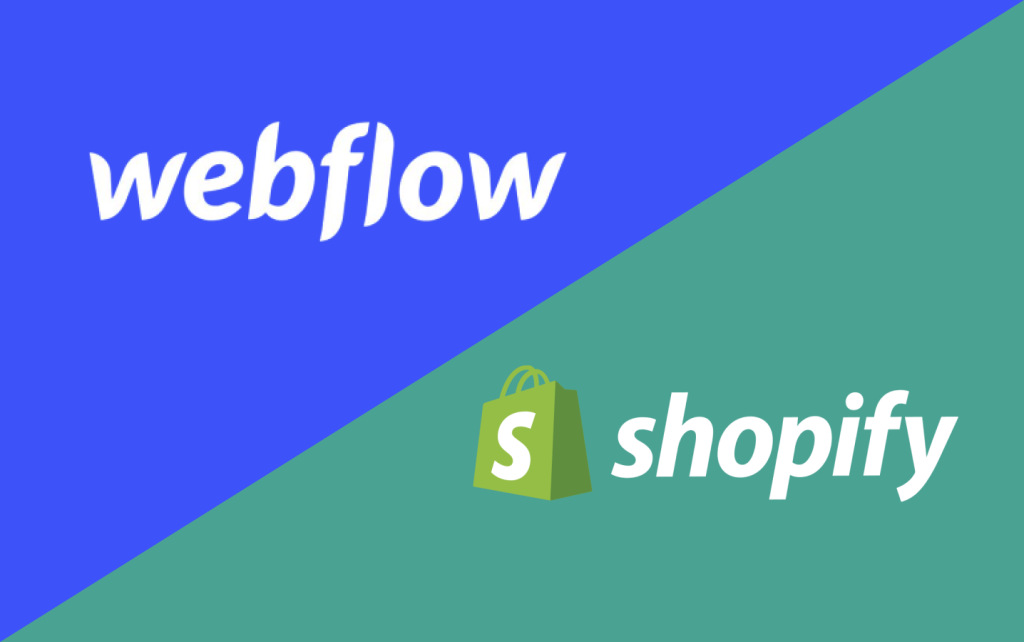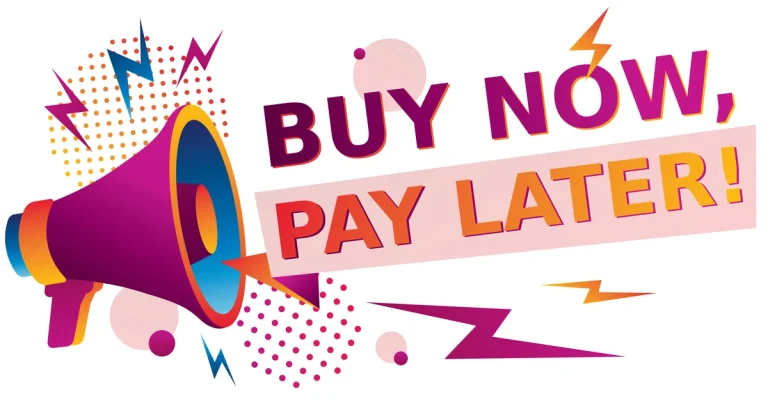Webflow vs Shopify: The 2024 Winner
If you want to start an online store in 2024, you have many options to choose from. But two of the most popular and powerful platforms are Webflow and Shopify. Both of them offer an all-in-one solution for creating, managing, and growing your eCommerce website. But which one is better for your needs? In this article, we will compare Webflow and Shopify in terms of design and code, ease of use, SEO, buyer experience, and owner experience. We will also declare the 2024 winner based on our analysis. Let’s get started!
What Is Webflow?
Webflow is a no-code platform that lets you design and build websites with HTML, CSS, and JavaScript without writing any code. You can customize page structure, style, and animations, and generate clean, semantic code that you can publish or hand to developers. Webflow is ideal for design-focused agencies and freelancers who want to create bespoke sites for their clients.
What Is Shopify?
Anyone can launch, expand, run, and scale a business with the help of Shopify, a comprehensive e-commerce platform. It enables businesses to build an online store, market to customers, and accept payments across multiple sales channels and locations. Shopify is better for businesses that want a ready-made solution that works out of the box and integrates with many other tools and services.
Webflow vs Shopify: A Comprehensive Comparison
1. Design and Code
One of the main differences between Webflow and Shopify is their approach to design and code. Webflow is a no-code platform that gives you full control over how you present your content. You can use its powerful design and animation tools to create stunning and unique websites that match your brand. You can also export your site code and host it with an external provider if you want. Webflow is ideal for design-focused agencies and freelancers who want to create bespoke sites for their clients.
Shopify, on the other hand, is a code-based platform that focuses more on functionality than aesthetics. Shopify has a wide range of templates that you can customize with its editor, but you may need to hire a developer or use third-party apps to achieve more advanced features. Shopify is better for businesses that want a ready-made solution that works out of the box and integrates with many other tools and services.
2. Ease of Use
Another factor to consider when choosing between Webflow and Shopify is how easy they are to use. Both platforms are user-friendly and intuitive, but they have different learning curves and support resources.
Webflow has a steep learning curve, especially if you are not familiar with web design concepts and terminology. You may need to spend some time watching tutorials and reading guides to master its interface and features. However, once you get the hang of it, you will enjoy the flexibility and creativity that Webflow offers. Webflow also has a helpful community and a dedicated support team that can assist you with any issues.
Shopify has a gentle learning curve, as it is designed for beginners and non-technical users. You can establish your store in minutes and start selling right away. Shopify has a simple and clear dashboard that lets you manage all aspects of your store from one place. Shopify also has a comprehensive knowledge base, a 24/7 support team, and a large network of experts and partners that can help you with any challenges.
3. SEO
SEO, or search engine optimization, is the process of improving your website’s visibility and ranking on search engines like Google or Bing. SEO is important for driving organic traffic and conversions to your store. Both Webflow and Shopify have built-in SEO features and tools that can help you optimize your site for SEO.
Webflow allows you to customize every element of your site for SEO, such as titles, meta descriptions, URLs, headings, alt texts, and more. You can also use its content management system (CMS) to create and manage dynamic content, such as blogs, products, categories, and more. Webflow also has a fast and reliable hosting service that ensures your site loads quickly and securely.
Shopify also lets you edit the basic SEO settings of your site, such as titles, meta descriptions, URLs, and more. You can also use its blogging engine to create and publish content that attracts and engages your audience. Shopify also has a fast and secure hosting service that ensures your site performs well on search engines. However, Shopify has some limitations when it comes to SEO, such as duplicate content, URL structure, and customization options.
4. Buyer Experience
Buyer experience is the overall impression and satisfaction that your customers have when they visit and shop on your website. Buyer experience is crucial for increasing your sales, retention, and loyalty. Both Webflow and Shopify offer features and tools that can enhance your buyer experience.
Webflow enables you to create a unique and memorable buyer experience with its design and animation capabilities. You can create stunning and interactive websites that showcase your products and brand in the best possible way. You can also use its CMS to create and display dynamic content, such as testimonials, reviews, FAQs, and more. Webflow also allows you to integrate with various payment gateways and shipping providers to offer a smooth and secure checkout process.
Shopify also provides a great buyer experience with its functionality and integrations. You can create professional and attractive websites with its templates and editor. You can also use its apps and plugins to add more features and functionality to your store, such as product reviews, wishlists, loyalty programs, and more. Shopify also supports multiple payment gateways and currencies, as well as a built-in point-of-sale (POS) system that lets you sell in person.
5. Owner Experience
Owner experience is the overall impression and satisfaction that you have as the owner and manager of your online store. Owner experience is important for saving your time, money, and effort. Both Webflow and Shopify offer features and tools that can improve your owner experience.
Webflow gives you a rewarding and enjoyable owner experience with its creative and flexible platform. You can create and manage your store with ease and confidence, without having to code or hire a developer. You can also access and export your site code and data, giving you more control and ownership over your store. Webflow also has a transparent and fair pricing model that lets you pay only for what you need.
Shopify also gives you a convenient and hassle-free owner experience with its comprehensive and reliable platform. You can create and manage your store with minimal technical skills and support, as Shopify takes care of everything for you. You can also access and analyze your store data and performance, helping you make informed decisions and grow your business. Shopify also has a flexible and scalable pricing model that lets you choose the plan that suits your budget and needs.
Webflow vs Shopify: The 2024 Winner
So, who is the 2024 winner between Webflow and Shopify? The answer depends on your preferences and targets. Both platforms are excellent choices for creating and running an online store in 2024, but they have different strengths and weaknesses.
If you value design and customization over functionality and simplicity, Webflow is the winner for you. Webflow lets you create stunning and unique websites that reflect your brand and vision. Webflow is also more affordable and transparent than Shopify, as you only pay for what you use.
If you value functionality and simplicity over design and customization, Shopify is the winner for you. Shopify lets you create professional and functional websites that work well and integrate with many other tools and services. Shopify is also more advanced and comprehensive than Webflow, as it offers more features and support for eCommerce.
Conclusion
As you can see, Webflow and Shopify are both great platforms for eCommerce, but they have different advantages and disadvantages. You should choose the one that suits your style and needs. If you need help with creating or managing your online store, you can trust ONextDigital, a web development service that specializes in Webflow and Shopify websites. Contact us today.





